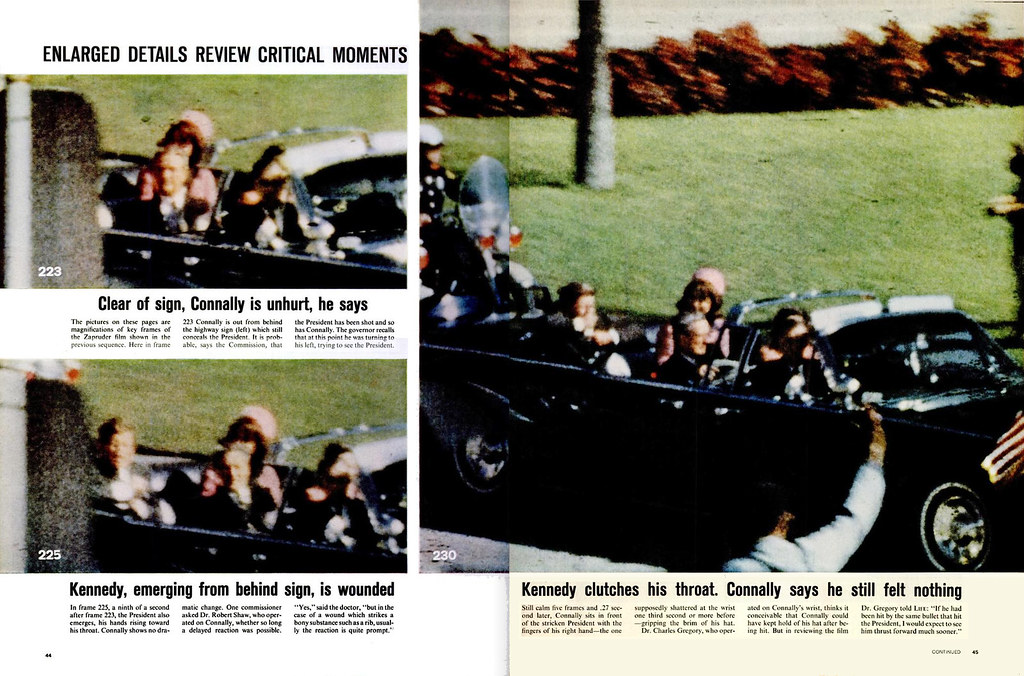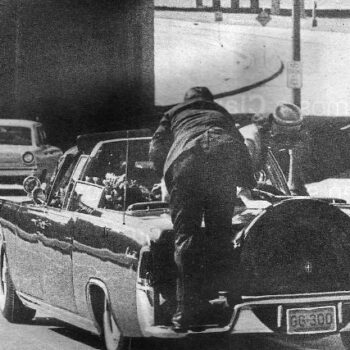In his new book, The Final Witness, former Secret Service agent Paul Landis reveals his eyewitness account of the Kennedy assassination for the first time in 60 years.
Landis was one of the two agents assigned to protect Jacqueline Kennedy on November 22, 1963, and he was in the follow-up car directly behind the president’s limousine when shots rang out at Dealey Plaza. Landis claims that he saw something that afternoon that he had never publicly admitted before: a bullet in the president’s car. He also challenges some of the prevailing theories about the shooting, such as the “magic bullet” and the “lone gunman” hypotheses.
Landis says he was never called to testify to the Warren Commission, and he resigned from the Secret Service in 1964 due to the trauma of witnessing the president’s death. He remained silent for decades, until he decided to share his story with the world in his book, which will be published in October 2023.
If the claim is true, then it will rewrite the Kennedy assassination narrative. Paul Landis says he found the bullet, contrary to previous conclusions published in the Warren Report, not in the hospital near Mr. Connally, as has been asserted since the beginning, but in the presidential limousine lodged in the back of the seat behind where Kennedy was sitting.

How did the bullet come into his possession? “There was nobody there to secure the scene, and that was a big, big bother to me,” Mr. Landis said. “All the agents that were there were focused on the president.” A crowd was gathering. “This was all going on so quickly. And I was just afraid that — it was a piece of evidence, that I realized right away. Very important. And I didn’t want it to disappear or get lost. So it was, ‘Paul, you’ve got to make a decision,’ and I grabbed it.’”
The magic bullet theory is a controversial explanation of the assassination of President John F. Kennedy that was proposed by the Warren Commission in 1964. According to this theory, a single bullet fired by Lee Harvey Oswald from the sixth floor of the Texas School Book Depository hit Kennedy in the back, exited through his throat, and then struck Governor John Connally, who was sitting in front of Kennedy, in the chest, wrist, and thigh. The bullet, known as Commission Exhibit 399 or CE 399, was found on Connally’s stretcher at Parkland Memorial Hospital and was relatively undamaged despite causing multiple wounds and breaking bones.

Asked to speculate on how the bullet went from Connally’s stretcher to Kennedy’s, Landis states that he guesses that at some point “the stretchers must have been pushed together and the bullet was shaken from one to another”.
The magic bullet theory was intended to support the conclusion that Oswald acted alone and that there was no conspiracy involved in the assassination.
However, many critics have challenged the plausibility of the theory, arguing that the bullet’s trajectory was too complex and improbable, that the bullet’s condition was too pristine, and that there was evidence of more than one shooter. Some witnesses, including a former Secret Service agent who was present at the scene, have also contradicted the theory and suggested that there were multiple bullets and shooters involved. Landis’ revelations could bolster the conspiracy theories that have clouded the tragic event but also offer evidence that would clarify some of the mystery that has persisted in what is undeniably one of the most ponderous historical events of the last 60 years.

Some of the legitimate questions that we may ask are: why did it take Landis so long to come forward with such momentous “evidence” and how accurate can his recollections be after six decades?
Despite this new find, Paul Landis downplays its possible implications of conspiracies, dark secrets and coverups. He still believes that Harvey Oswald was the lone gunman, though he says that after 60 years, “I’m beginning to doubt myself….Now I begin to wonder.”
Experts feel differently. James Robenalt, a Cleveland lawyer and author of several books of history, who has researched the assassination thoroughly and helped Mr. Landis process his memories, states that, “If what he says is true, which I tend to believe, it is likely to reopen the question of a second shooter, if not even more.”











